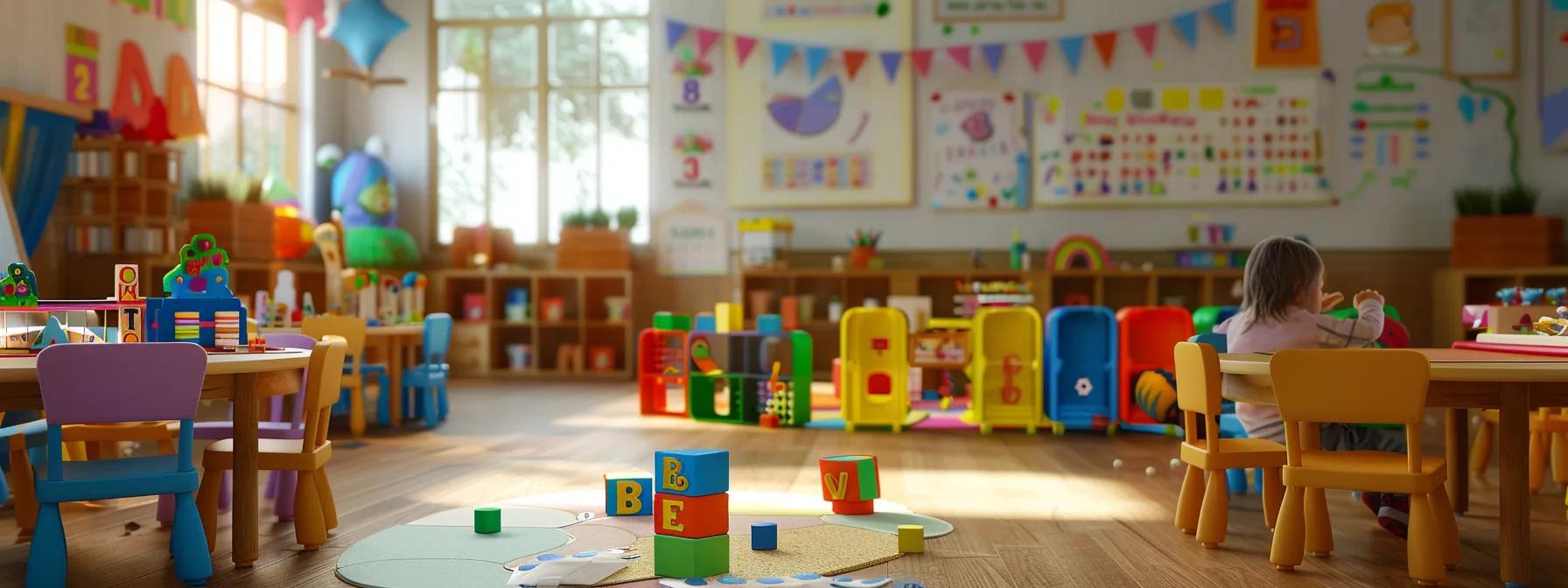
Learning Letters the Kidazzle Way: Our Magical Alphabet Adventure
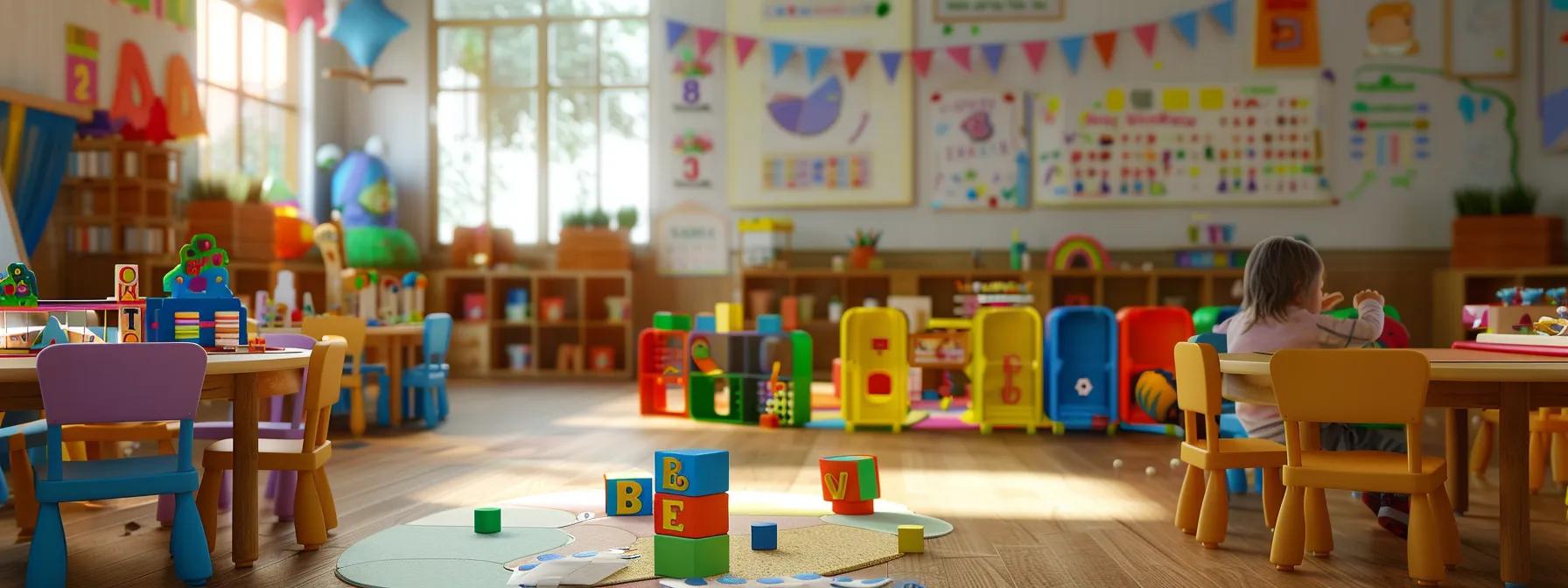
Learning Letters the Kidazzle Way: Our Magical Alphabet Adventure
Learning the alphabet is a cornerstone of early childhood education that lays the groundwork for literacy, cognitive development, and academic success. For childcare and daycare owners seeking to enhance their digital presence and enroll more students, engaging letter recognition games and activities for toddlers and preschoolers are essential. This article presents interactive strategies, activities, and printable worksheets focused on the letter B. By combining play-based learning with puzzles, flashcards, and art projects, educators and parents can enhance cognitive growth while keeping young learners excited about the alphabet. Practical guidance is provided on integrating these activities into daily routines at home and in educational settings, along with tips for using technology and creative lesson plans to support early literacy.
What Are the Best Letter Recognition Games for Toddlers?
Letter recognition games help toddlers gain familiarity with the alphabet through interactive play. Digital apps with vibrant animations and sounds reinforce letter recognition through sensory engagement, while traditional board games and puzzles offer tactile experiences to support visual and fine motor development.
How Do Letter Matching Games Help Toddlers Learn the Alphabet?
Letter matching games prompt toddlers to compare and select matching letters or objects that start with specific sounds. This activity improves visual discrimination and memory through repetition—for example, matching the letter “B” to a picture of a ball strengthens neural connections important for language and literacy.
Which Alphabet Puzzles Are Effective for Early Literacy?
Alphabet puzzles with colorful, interlocking pieces help children explore letter forms independently. By manipulating pieces that feature bold prints and images (such as a large “B” paired with a butterfly), toddlers learn spatial awareness and problem-solving skills while making abstract letters tangible.
How Can Flashcards Support Letter B Recognition?
Flashcards with clear, child-friendly fonts and images reinforce phonemic awareness. When a flashcard displays the letter B alongside an image of a bus, toddlers are encouraged to say the letter and its sound aloud, further solidifying letter recognition through repetition and interactive review sessions.
What Are Simple Letter Sorting Activities for Toddlers?
Letter sorting activities require toddlers to group items that start with the same letter. For example, sorting objects like a ball, book, and banana under the letter B develops cognitive skills in classification and reasoning, while also promoting fine motor development through item manipulation.
How Can Alphabet Activities for Preschoolers Boost Early Literacy Skills?
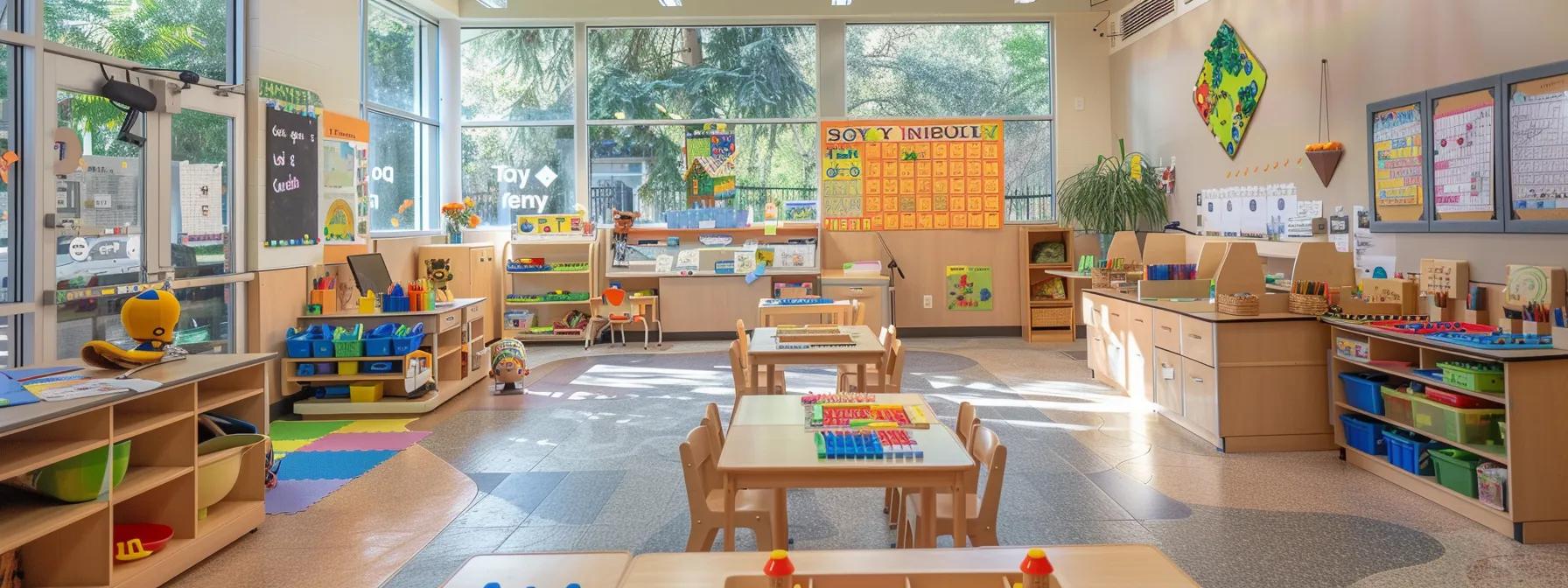
Preschool activities that go beyond simple letter recognition create an environment for holistic early literacy development. Through interactive activities that engage sight, sound, touch, and movement, preschoolers build phonemic awareness, language acquisition, and reading comprehension skills.
What Are the Benefits of Alphabet Coloring Pages and Tracing Worksheets?
Coloring pages and tracing worksheets familiarize children with letter shapes through art. Tracing the letter B along dotted lines builds hand-eye coordination and muscle memory while providing a low-pressure setting for independent practice. This quiet activity enhances handwriting and overall letter fluency.
How Do Alphabet Songs and Rhymes Enhance Letter Learning?
Alphabet songs and rhymes improve auditory processing and memory. Catchy tunes that repeatedly state the alphabet help preschoolers internalize letter sequences and sounds. When combined with visual cues or hand motions, songs further reinforce phonetic patterns and vocabulary.
Which Alphabet Books Are Recommended for Preschoolers?
Alphabet books designed for young learners feature engaging illustrations, simple narratives, and repetitive phrases that capture attention. Books focusing on the letter B use bold imagery and rhyming text to enhance literacy skills and encourage interactive reading experiences with caregivers.
How Can Arts and Crafts Reinforce Alphabet Recognition?
Arts and crafts activities allow preschoolers to explore letter formation creatively. Projects such as creating collages of B objects or painting a large letter B encourage hands-on learning. These activities support fine motor skills, self-expression, and problem-solving while reinforcing letter recognition.
What Are Fun Learning Games for Preschoolers That Promote Alphabet Mastery?
Learning games designed for preschoolers encourage alphabet mastery through play. Both digital apps and physical games solidify letter recognition, pronunciation, and early reading fluency. Such activities promote motivation and improve cognitive functions in an enjoyable, playful setting.
How Do Interactive Alphabet Games Encourage Play-Based Learning?
Interactive games on tablets or boards involve matching letters to images and completing puzzles. These games use animation, sound effects, and immediate feedback to keep children engaged and establish a fun association with learning letters.
What Role Do Sensory Play Activities Have in Early Childhood Education?
Sensory play presents letters using tactile experiences with materials like sand, playdough, or water. For instance, forming the letter B with playdough not only teaches its shape but also engages the sense of touch, catering to various learning styles and supporting motor skill development.
How Can Cognitive Development Games Support Letter Recognition?
Games that challenge cognitive skills—such as matching, memory, or pattern recognition—require young learners to actively engage with letters. These activities, like searching for all items beginning with B in a busy picture, sharpen visual discrimination and enhance categorization and attention.
Which Social-Emotional Learning Activities Complement Alphabet Learning?
Social-emotional learning (SEL) activities, including cooperative letter games, role-playing, and alphabet story circles, provide opportunities for interpersonal skills development. Such activities encourage sharing and empathy while reinforcing letter recognition through engaging, group-based tasks.
Which Printable Letter Worksheets for Kids Are Best for Letter B Activities?
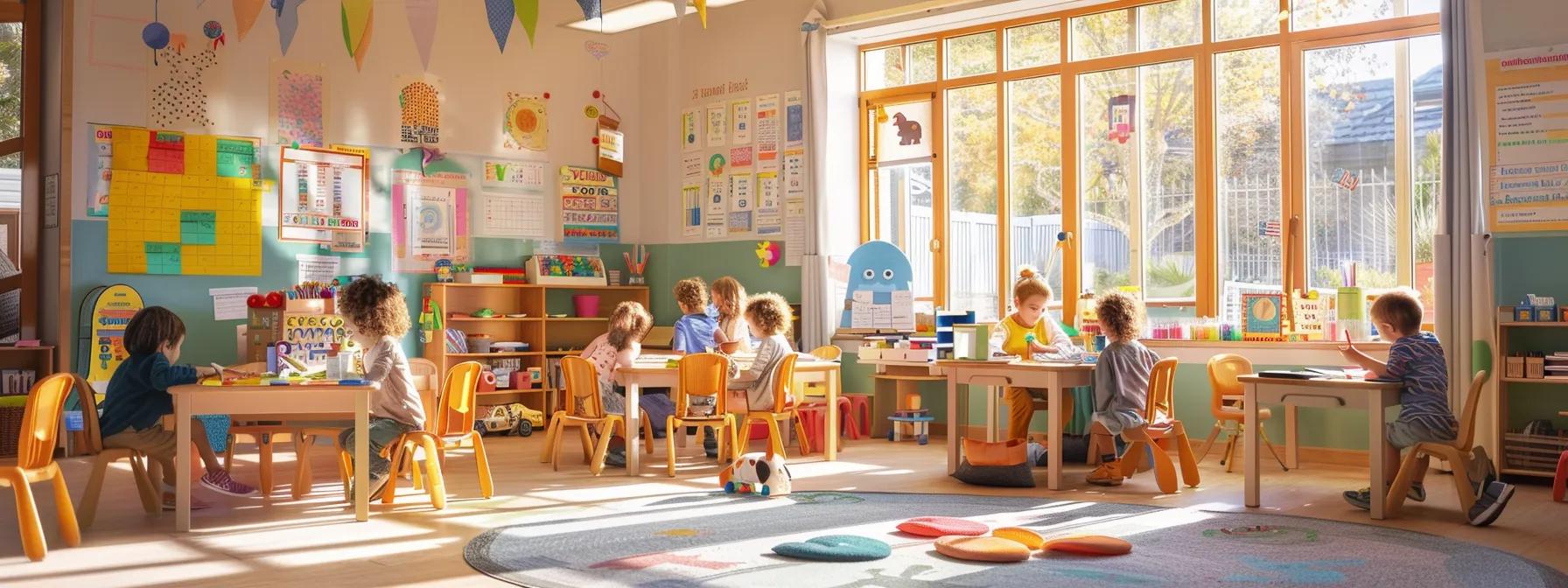
Printable worksheets offer structured practice that reinforces letter recognition and writing skills. These resources, designed specifically for the letter B, are useful for independent work, small group sessions, or one-on-one practice with guidance, helping children build fine motor skills and visual memory.
How Do Letter B Tracing Worksheets Improve Fine Motor Skills?
Tracing worksheets with dotted guidelines for the letter B help preschoolers practice controlled movements. The rhythmic tracing motions develop hand muscles and coordination, leading to smoother pencil control and improved handwriting over time.
What Are Effective Letter B Coloring Pages and Crafts?
Effective coloring pages feature clear letter outlines and related images, like a butterfly or banana, creating associations between the letter and everyday objects. Craft projects where children build the letter B from various materials encourage personal interpretation and reinforce letter recognition visually.
Where Can Parents Download Letter B Worksheets Safely?
High-quality letter B worksheets are available on reputable educational websites. These resources are peer-reviewed by early childhood experts and come in various formats such as PDF or interactive versions, ensuring safe and curriculum-aligned practice materials.
How Can Printable Worksheets Be Integrated Into Daily Learning?
Printable worksheets can be used in routines at home and school. Teachers might offer a “Worksheet of the Day” focusing on the letter B, while parents incorporate them into morning routines or quiet time activities. These worksheets provide diagnostic insights into children’s progress and support diverse learning styles when combined with digital tools.
How Does Play-Based Learning Enhance Early Childhood Education?
Play-based learning encourages exploration and creativity, allowing children to learn through hands-on activities rather than rote memorization. This method develops cognitive, communication, and social-emotional skills, making it a valuable approach for early education settings.
What Are the Key Benefits of Learning Through Play for Toddlers?
Learning through play enhances problem-solving, social bonding, and creativity. When children explore at their own pace, they adapt to new situations and develop critical cognitive skills, such as memory and attention. This active learning leads to improved academic performance over time.
How Can Sensory Play Activities Support Alphabet Learning?
Sensory activities that involve materials like textured letter cards or kinetic sand allow toddlers to experience letters physically. For example, hiding the letter B in a bin of dried rice encourages tactile exploration and deepens letter recognition while catering to diverse learning preferences.
Which Fine Motor Skills Activities Help With Letter Recognition?
Activities that require precise hand movements—such as threading beads, cutting, or drawing letters—support the development of fine motor skills essential for letter recognition and handwriting. Regular practice through these activities facilitates improved control and academic readiness.
How Do Play-Based Lesson Plans Support Parents and Educators?
Structured play-based lesson plans offer a flexible mix of guided activities, free play, and interactive learning centers. These plans help educators and parents simultaneously meet academic goals and engage children in creative, multifaceted learning experiences centered on letters like B.
What Are Effective Letter B Sound Activities for Toddlers?
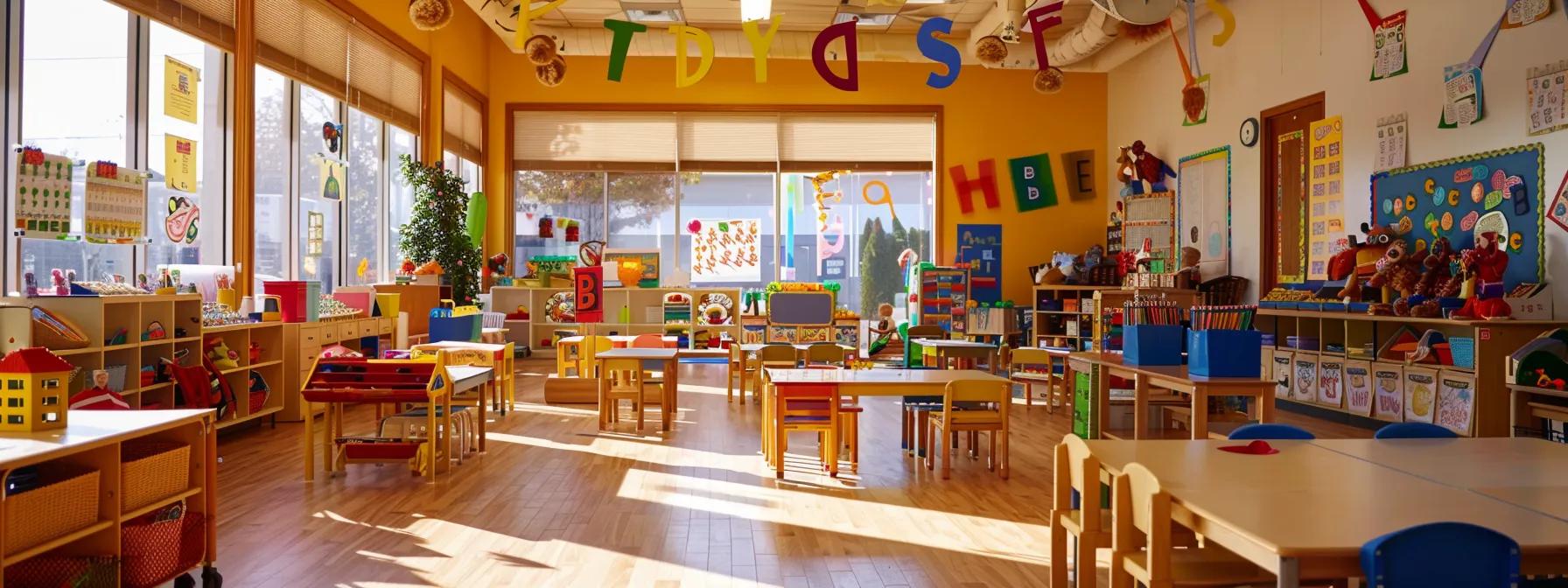
Effective sound activities help toddlers link the visual form of letter B with its phonetic sound. These exercises, incorporating repetition and multisensory engagement, are vital for building a phonemic foundation and preparing young learners for future reading and writing.
How Does Letter B Sound Bingo Help Toddlers Learn Phonics?
In Letter B Sound Bingo, children use colorful bingo cards featuring images and words beginning with B. As a caregiver calls out a word or sound, toddlers mark the matching image. This game boosts active listening, quick recognition, and reinforces the connection between the sound and its symbol.
What Is a Letter B Sound Scavenger Hunt and How Is It Done?
A Letter B Sound Scavenger Hunt involves toddlers searching for objects that begin with the letter B, such as a ball, book, or banana. In a controlled environment, children collect items while practicing the B sound, promoting movement, critical thinking, and physical exercise alongside auditory and visual learning.
How Can Storytelling Incorporate Letter B Sounds?
Storytelling that emphasizes the B sound uses repetitive phrases and alliteration to reinforce phonics. A story about a brave bear on a bold adventure, for instance, helps children naturally internalize and recall the B sound, while also improving vocabulary and listening skills through interactive dialogue.
Which Videos and Tutorials Best Demonstrate Letter B Sounds?
Educational videos featuring animated characters and clear pronunciation demonstrate the B sound effectively. These resources, available on trusted platforms, encourage children to sing along and mimic sounds—reinforcing letter recognition through an engaging, multisensory digital experience.
How Can Parents and Educators Support Alphabet Learning at Home and School?
A collaborative approach combining play-based, sensory, and academic activities ensures effective alphabet learning both at home and in school. Clear routines, structured lesson plans, and interactive tools support consistent reinforcement of letter recognition and early literacy.
What Lesson Plans Are Available for Teaching the Alphabet Through Play?
There are various lesson plans that integrate play into learning with activities like letter tracing, matching games, and creative art projects focused on the letter B. These plans, available on educational resource websites, are adaptable to different classroom sizes and meet curriculum standards while engaging young learners.
How Can Parents Use Printable Resources Effectively?
Printable resources such as worksheets, flashcards, and tracing guides are practical tools for daily learning. When integrated into routines—like bedtime reading or morning activities—they provide repetitive practice and help parents monitor progress while complementing digital resources.
What Role Does a Community Forum Play in Early Childhood Education?
Community forums allow parents, educators, and childcare professionals to share ideas, resources, and best practices. These forums foster collaboration and support, helping participants refine teaching strategies and overcome challenges in early literacy education.
How Can Personalized Learning Adapt to Different Toddlers’ Needs?
Personalized learning tailors activities to each child’s developmental pace and interests. By using assessments, educators can identify whether a toddler needs extra tracing practice or more challenging puzzles, ensuring that every child receives appropriate support for letter recognition and fine motor skill development.
Table: Comparison of Alphabet Learning Tools
Before exploring further activities, the following table compares popular alphabet learning tools in terms of their primary function, key benefits, and recommended age group.

This table clarifies how each tool targets key developmental areas and helps educators and parents choose the best resources for their children.
What Are Effective Letter B Sound Activities for Toddlers?
Effective letter B sound activities blend auditory and visual learning to reinforce the phonemic foundation. Repetition, interactive play, and multisensory methods ensure that toddlers grasp and reproduce the B sound effectively.
How Does Letter B Sound Bingo Help Toddlers Learn Phonics?
Letter B Sound Bingo uses colorful cards that feature images beginning with B. As a facilitator calls out a word, toddlers mark the matching image, thereby reinforcing the B sound through active listening and immediate visual recognition.
What Is a Letter B Sound Scavenger Hunt and How Is It Done?
In this activity, toddlers search for objects starting with B from a provided checklist. This movement-based exercise promotes physical activity while simultaneously enhancing auditory and visual learning by requiring children to pronounce and discuss each item.
How Can Storytelling Incorporate Letter B Sounds?
Storytelling sessions that emphasize the B sound use alliteration and repetition to help toddlers internalize phonics. For example, a story about a brave bear on a bold adventure encourages children to listen, repeat, and identify words that begin with B, reinforcing their understanding of the sound.
Which Videos and Tutorials Best Demonstrate Letter B Sounds?
High-quality videos with animated characters and clear pronunciation effectively demonstrate the B sound. These tutorials invite children to sing along and mimic the correct sound, using a multisensory approach that complements classroom activities.
How Can Parents and Educators Support Alphabet Learning at Home and School?
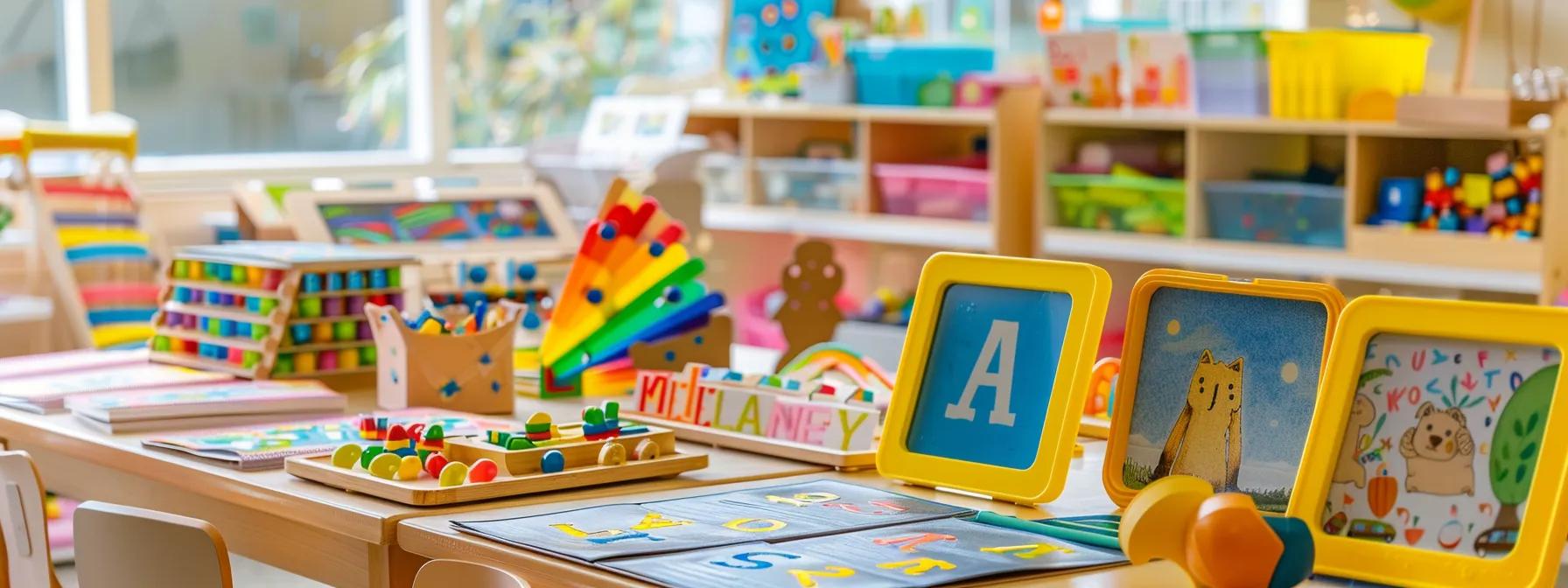
By combining structured lesson plans with digital tools and creative play, parents and educators can create environments where alphabet learning is both engaging and effective. A consistent routine—such as a daily focus on a specific letter like B—ensures regular practice and individualized learning support.
What Lesson Plans Are Available for Teaching the Alphabet Through Play?
Educators have access to lesson plans featuring interactive activities—such as tracing, matching, and creative art projects—centered on the letter B. These plans are adaptable for various classroom settings and promote engaging, hands-on learning experiences.
How Can Parents Use Printable Resources Effectively?
Printable worksheets, flashcards, and tracing guides provide a practical supplement to digital learning. Integrated into daily routines, these resources offer repetitive practice and help monitor progress, ensuring that children develop strong letter recognition skills.
What Role Does a Community Forum Play in Early Childhood Education?
Community forums facilitate the exchange of ideas and resources among parents, educators, and childcare providers. By collaborating in these online spaces, participants gain insights and support to continually enhance teaching and learning practices.
How Can Personalized Learning Adapt to Different Toddlers’ Needs?
Personalized learning strategies allow educators to tailor activities based on each child's strengths and areas for improvement. Whether a toddler needs additional tracing practice or more challenging puzzles, adaptive techniques ensure effective support and progress in letter recognition.
Frequently Asked Questions
Q: How can interactive alphabet games improve a toddler’s learning experience? A: They engage toddlers through multisensory experiences, building visual, auditory, and tactile associations with letters to enhance retention.
Q: What are some effective ways to integrate printables into daily learning routines at home? A: Designate specific times for worksheet activities, combine them with verbal repetition and movement, and use them alongside digital tools.
Q: Why is play-based learning important for early literacy? A: It promotes natural exploration and problem solving, crucial for developing critical thinking, fine motor skills, and social-emotional learning.
Q: How can technology support alphabet learning in preschool settings? A: Interactive apps, videos, and online tutorials provide engaging and repeatable learning experiences that complement traditional methods.
Q: Where can educators access quality printable letter worksheets? A: Reputable educational websites offer peer-reviewed, curriculum-aligned printables that are safe for young learners.
Q: How do community forums benefit parents and educators in early childhood education? A: They foster the exchange of ideas, provide expert advice, and build support networks to improve teaching practices.
Q: What are the key signs that a play-based lesson plan is effective? A: Increased engagement, higher participation, improved recall of letter sounds and shapes, and enhanced fine motor skills.
Final Thoughts
Alphabet learning through play-based methods enriches early childhood education by combining interactive approaches with structured skill development. The use of both digital and printable resources ensures that every child receives targeted, multisensory exposure to letters—especially the letter B. By working collaboratively, educators and parents can tailor learning experiences that promote literacy while supporting fine motor, social, and emotional development, paving the way for lifelong academic success.